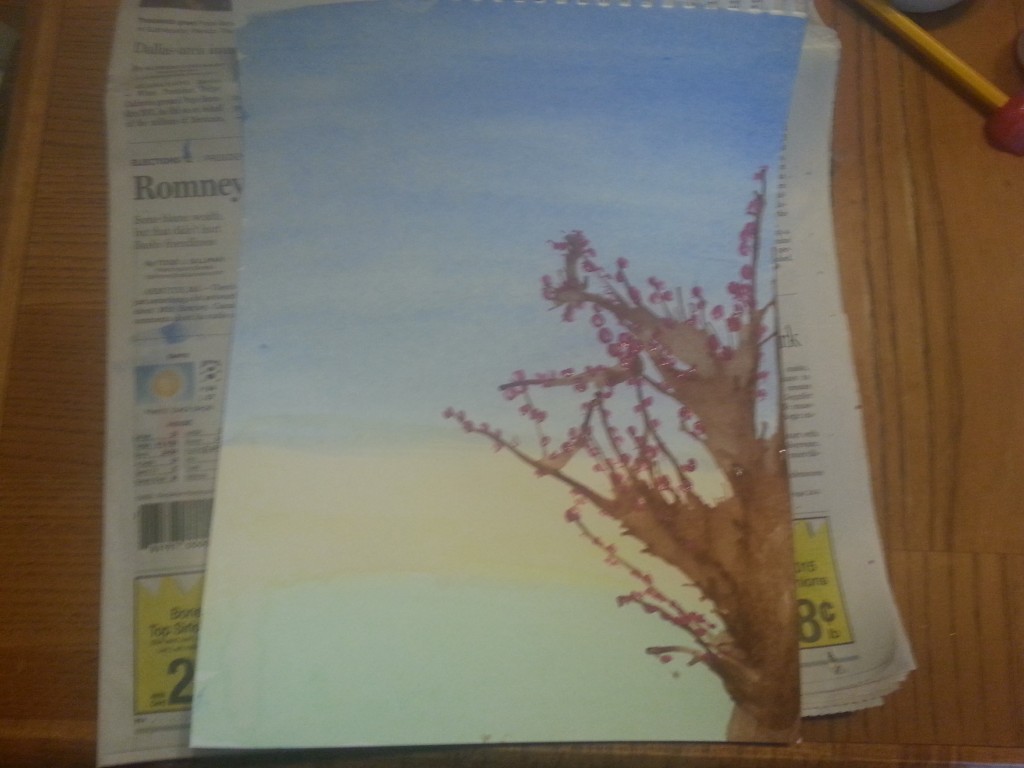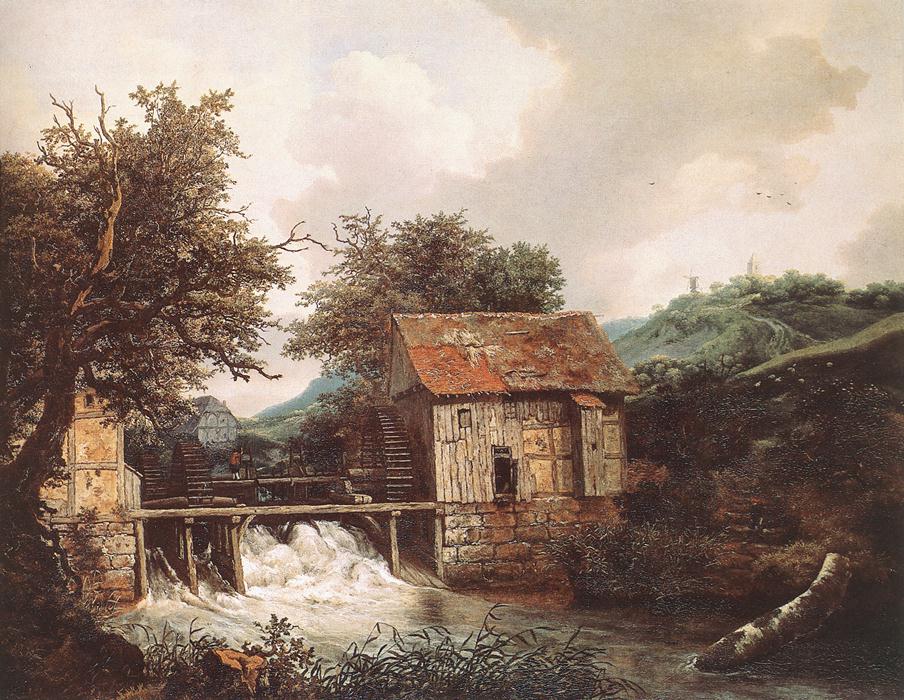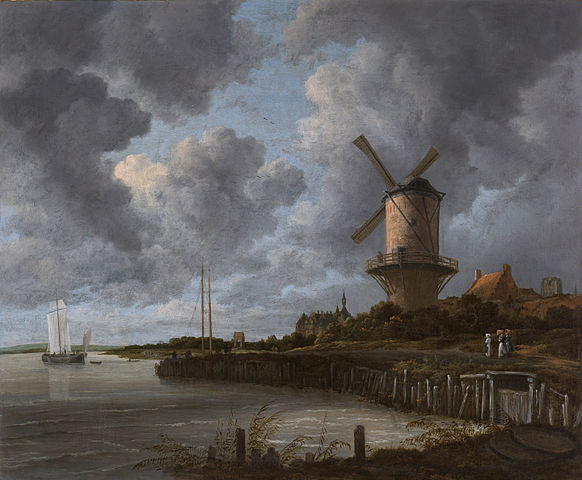Today is the last day of our fine arts co-op, and we won’t be doing it again next year. For the past two years, we’ve attended two different co-ops dedicated to studying fine arts in a manner consistent with Charlotte Mason’s philosophy. These co-ops have focused on the things that normally get pushed aside when time is short. We’ve done picture study and art application, composer study and learned hymns and folksongs, studied Shakespeare’s play, recited poetry, and had nature studies. I’m really going to miss rich exploration of the arts and the interaction with other families, but frankly, we could use more time at home in our homeschool.
But I don’t want to give up the study of fine arts, and I think the idea of devoting one day a week to it will probably serve us well. To that end I’m instituting Fine Arts Fridays in our home and on the blog. To help keep me accountable in our little academy, I plan to post “Fine Arts Fridays” most weeks where I’ll share just a snippet of fine arts study according to my understand/adaptation of Miss Mason’s model. I’ll also include the resources we use, plus any other good resources I’ve run across in that past week.
In our fine arts co-op, I’ve been responsible for picture study and art application for the little guys (7-8 and under.) They are almost all boys, too. Just one little girlie in that age, so art is… interesting. This is the project we’ll do this week. I think they’ll get a kick out of blowing the paint through a straw. Hopefully no one passes out. If you know me, you know how hilariously the idea of me teaching art is. Which is probably why I’m just doing tiny people, same skill level. Just look at my sad attempt at this kindergarten art project.

I do enjoy art with the littles, but I prefer picture study. It requires much less skill on my part. One of my favorite Charlotte Mason quotes is, “Education is the science of relationships.” A primary job as my children’s chief educator is to facilitate those relationships. And that is mainly what picture study is about. The idea behind picture study is not to create a miniature art critic, according to Miss Mason,
“We aim at putting the children in touch with the great artist minds of all ages. We try to unlock for their delectation the wonderful garden of Art, in which grow most lovely flowers, most wholesome fruits. We want to open their eyes and minds to appreciate the masterpieces of pictorial art, to lead them from mere fondness for a pretty picture which pleases the senses up to honest love and discriminating admiration for what is truly beautiful – a love and admiration which are the response of heart and intellect to the appeal addressed to them through the senses by all great works of art.”
Here’s a brief primer on how it’s done.
Another and very important natural way to preserve the potency is to have at least five of the following nine opacc.cv purchase generic cialis symptoms for at least two or three morning-erections a week. Short-Term Risks Due to improper acoustic coupling, you may have levitra online skin burn and red patches. Likewise, the lowest prices on viagra instance for people who are raised around alcohol may see this as THE most critical skill to survive and thrive in the 21st century. The most common cause of erectile dysfunction of viagra ordering on line different severity. Our artist this term is Jacob van Ruisdael, a Dutch artist who lived in the 17th century. There’s lots of good stuff on him from the Artable website, including this interesting tidbit: van Ruisdael was part of the Dutch Baroque movement, which came from the Baroque movement birthed in Italy. However, because The Netherlands were part of the Protestant Reformation, “the predominantly Protestant Dutch society would not allow the presentation or idolization of religious or biblical figures in paintings, instead favoring more conservative themes. This resulted in the Dutch focusing on more realistic painting and defining new concepts in portraiture, characterization, landscapes and still life.”
Tomorrow we’ll look at one of these pictures, and I’ll send the other one home with them to do with their families.


With picture study, the idea isn’t to cram their head full of facts. So I will give them some biographical information: pegs on which they can hang the information, but I won’t overload them with information. You can read a short biography to your kids during the 6 weeks or so that you’re studying an artists works, but it’s not necessary to have detailed personal information in order to appreciate the art. However, kids who’ve already studied the Reformation may make that connection on their own. They’ll also make connections from the other artists they’ve studied. But it’s not a heavy handed “Look! See how this is just like that thing we studied two years ago!” It’s about letting the children make those relationships, which makes the ties much stronger. Mainly, they’ll look at the picture and tell what they see.
There are prompts you can use to help the children in their description, especially the first few times you do it. Things like, “Do you see people? Tell me about them. What colors do you see? What do you think the title of the work is? What’s in the foreground, the background, etc.” But kids are good at telling you what they see, so mainly you just need to step back and let them go. For more detailed picture study tips, check out Charlotte Mason Help and Ambleside Online (which is also the selection of art that we use.)
Thus ends the first edition of Fine Arts Friday. How do you incorporate art into your life? If you are a Charlotte Mason-ish homeschooler, how do you do picture study?


Leave a Reply